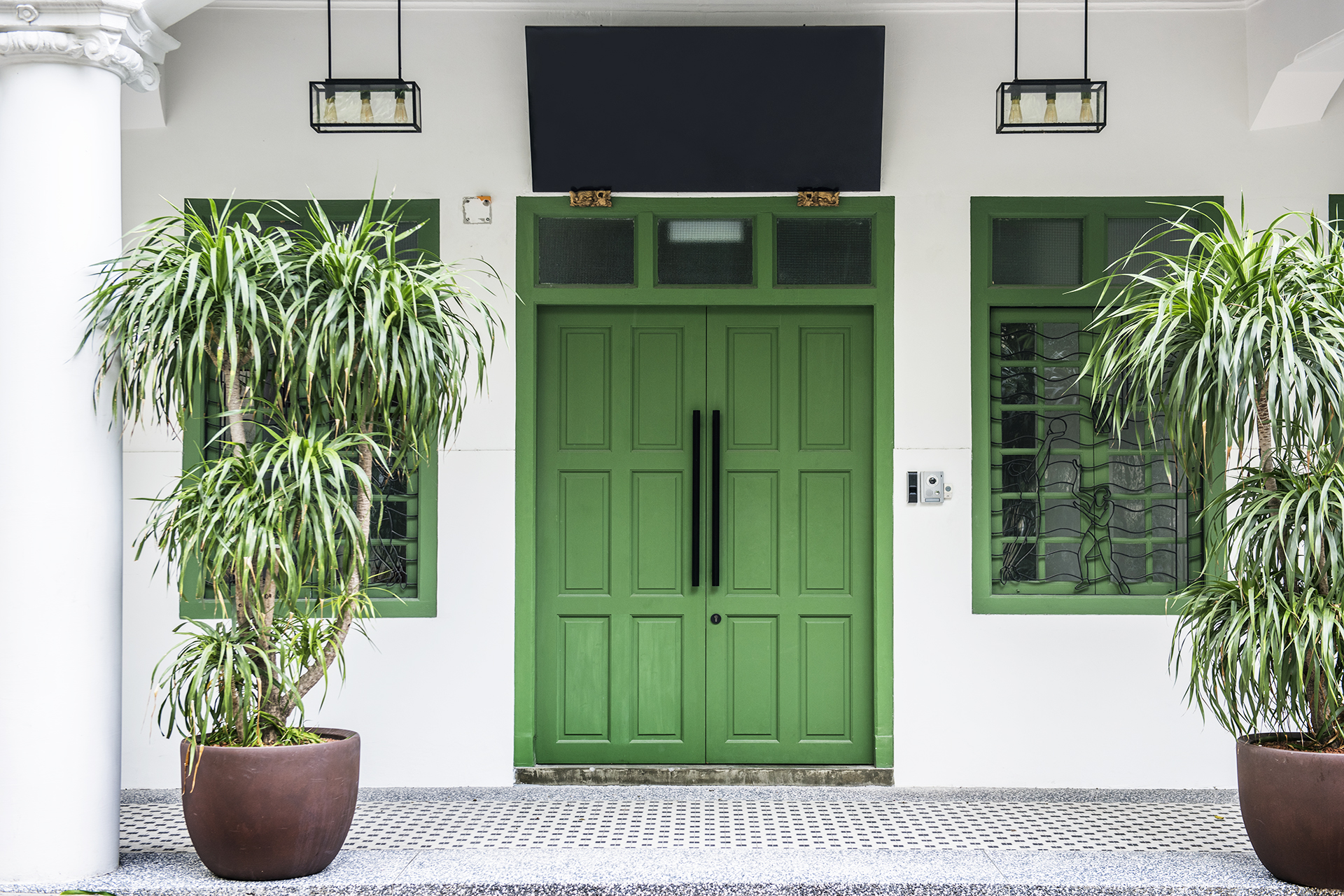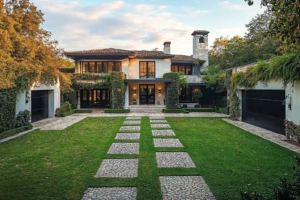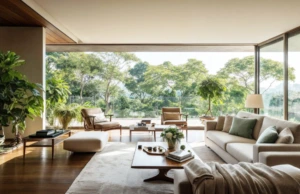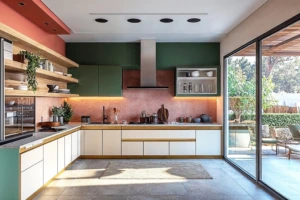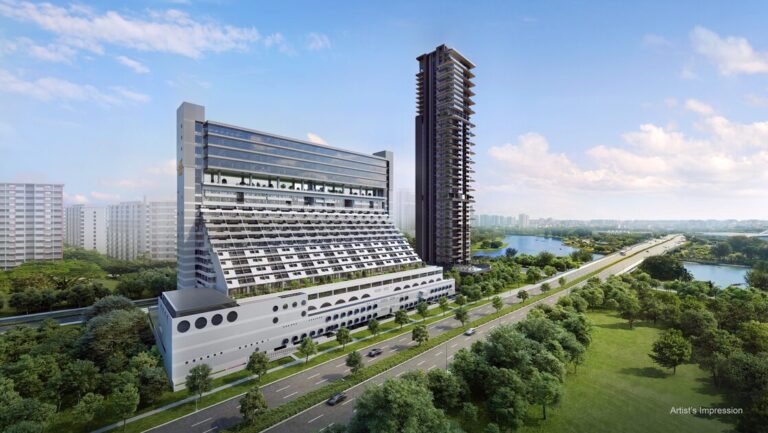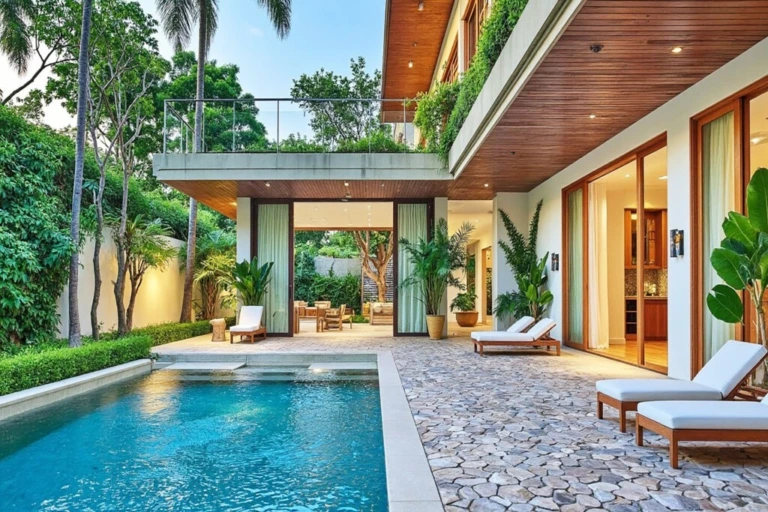|
Getting your Trinity Audio player ready...
|
The shophouse market in Singapore experienced an intriguing quarter in Q3 2024, marked by renewed interest from investors despite a challenging economic backdrop. According to PropNex Research’s latest report, investor appetite for commercial shophouses has been buoyed by easing borrowing rates and more realistic pricing.
Investment Interest in Shophouses Resurges
The Q3 2024 report reveals a resurgence in investment interest in commercial shophouses, with 16 caveated transactions, though actual sales may be higher due to transactions not reflected in caveat data. Many investors have opted not to file caveats or have purchased shophouses through special purpose vehicles (SPVs), resulting in unrecorded deals. The total sales value for shophouses in Q3 reached $121.6 million, reflecting a quarterly decline of 35.5% from Q2 and a year-on-year drop of 56.4%.
Despite the drop in transaction volume, industry players observed that the demand for shophouses remains steady, particularly in areas with high foot traffic and desirable attributes. Many investors see shophouses as safe-haven assets, thanks to their limited stock, historical value, and potential for long-term capital appreciation.
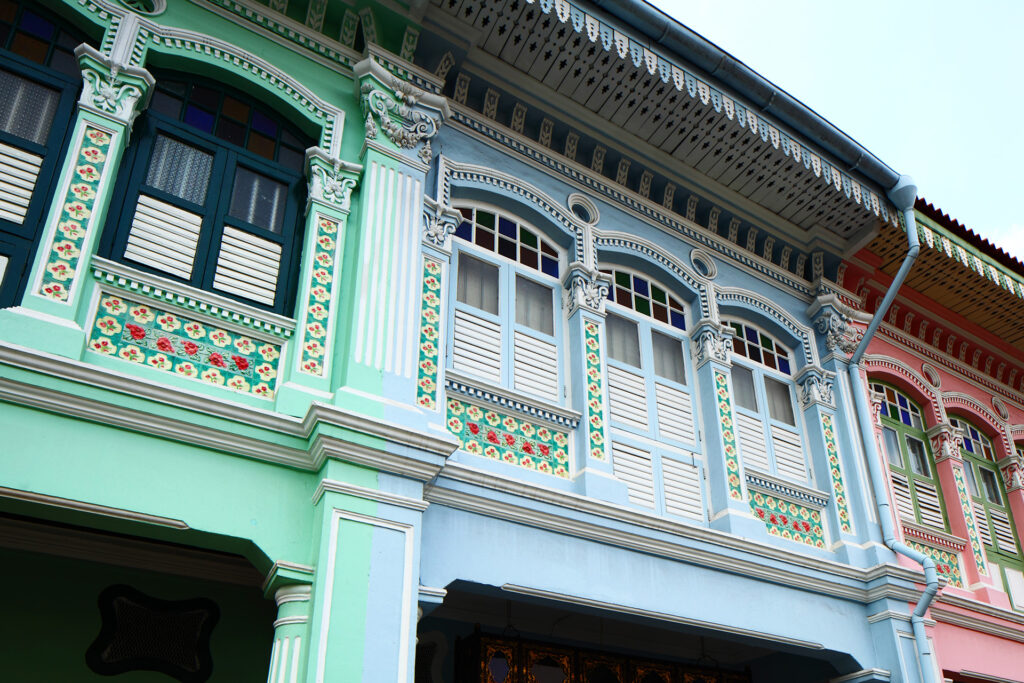
Transaction Hotspots: Little India Leads the Way
Among the recorded shophouse transactions in Q3 2024, District 8, covering Little India and Jalan Besar, emerged as the leading hotspot, with nine deals amounting to $64.8 million. Active property deals were also happening in areas like Districts 1, 2, 7, 14, and 15 that were not officially recorded in the data.
The biggest sale of the quarter was a four-story corner shophouse on North Bridge Road, which reportedly sold for $42 million. With a 999-year lease, this property has frontage on both North Bridge Road and Liang Seah Street, making it highly attractive to commercial tenants due to the heavy foot traffic. Additionally, three connected shophouses on North Bridge Road near Bugis Cube were sold together for $72 million, highlighting the strong demand for properties in busy, high-traffic areas.
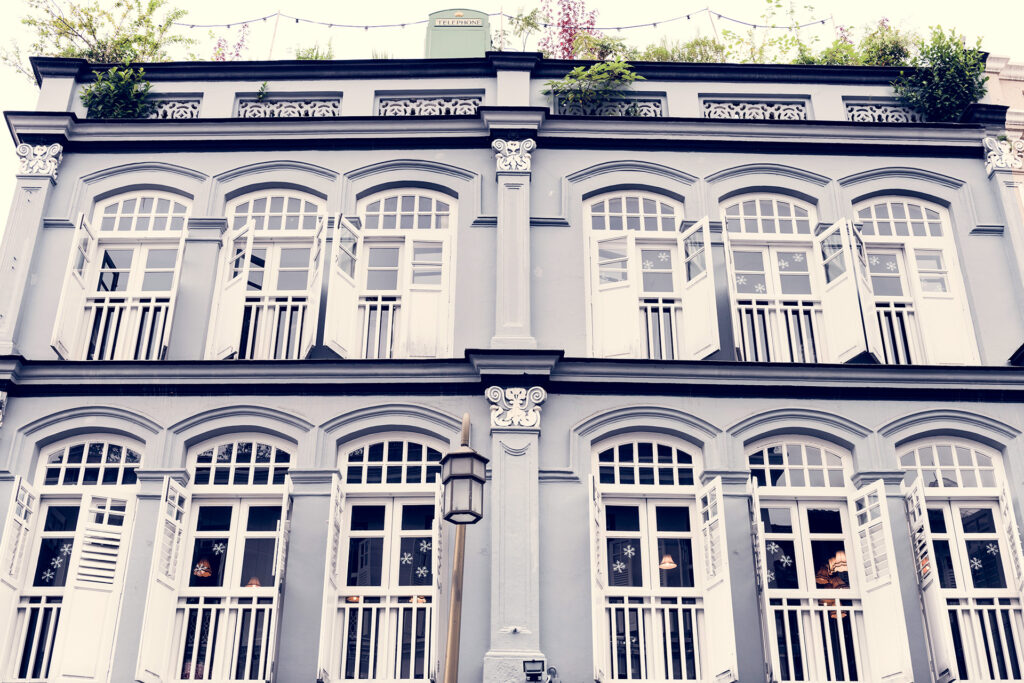
Shophouse Prices and Value Trends
Prime district shophouse prices have declined sharply, with Districts 1 and 2 seeing a 22% year-on-year drop, while Districts 7 and 8 recorded a 13% decrease. This softening particularly affects freehold and 999-year leasehold properties. Yet a closer look reveals a nuanced market: limited transactions in certain areas point to district-specific trends rather than a uniform downturn.
Paradoxically, the scarcity of freehold and 999-year leasehold shophouses in Districts 1 and 2 continues to drive strong investor interest, as these rare assets are prized for preserving value over time. The low transaction volume in these districts reflects not weak demand but rather owners’ reluctance to part with these coveted properties.
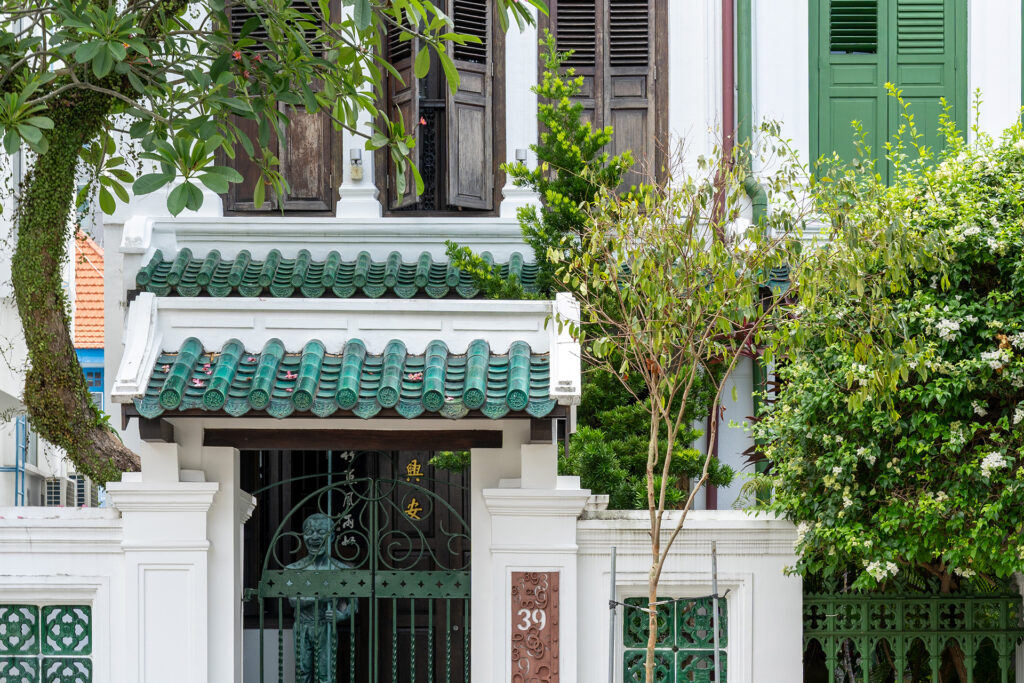
Robust Leasing Activity Despite Rental Moderation
Shophouse leasing hit a historic peak in Q3 2024, with 927 rental contracts totalling $10.7 million—driving year-to-date earnings to $30.6 million and outperforming 2023’s $28.4 million mark. Yet beneath these record-breaking figures lies a complex market reality: median rental rates have dipped 2.8% quarter-on-quarter to $6.64 per square foot monthly, signalling a cooling from last year’s steep growth.
This rental moderation reflects mounting cost pressures, particularly in the F&B sector, where tenants push back against the combined burden of high rents and operational expenses. However, prime locations continue to buck this trend. District 2’s Anson and Tanjong Pagar area defied the broader market slowdown, posting a 2.8% quarterly increase to an unprecedented $8.31 psf monthly—evidence that strategic locations still command premium rates despite broader economic headwinds.
Market Outlook for the Shophouse Sector
Singapore’s shophouse market stands at a promising inflection point heading into 2025. A surge in tourism — driven by high-profile sports events, concerts, and MICE activities — coupled with anticipated interest rate cuts sets the stage for renewed investor interest. Prime districts, particularly Districts 1 and 2, are positioned to benefit most from this upturn, thanks to their high foot traffic and enduring appeal.
Yet the market faces a delicate balancing act. While softening prices create entry opportunities for investors seeking defensive assets, landlords must navigate the mounting cost pressures on F&B tenants. Success in 2025 will hinge on finding the sweet spot between optimal rental yields and sustainable occupancy rates.
Q3’s record leasing activity reinforces the enduring appeal of shophouses in Singapore’s property landscape. Their unique combination of heritage value, limited supply, and versatile usage continues to attract diverse tenants and investors alike. The current climate offers a strategic window for those looking to enter the market: prime assets in vibrant districts are available at more attractive valuations while retaining their long-term appreciation potential.

